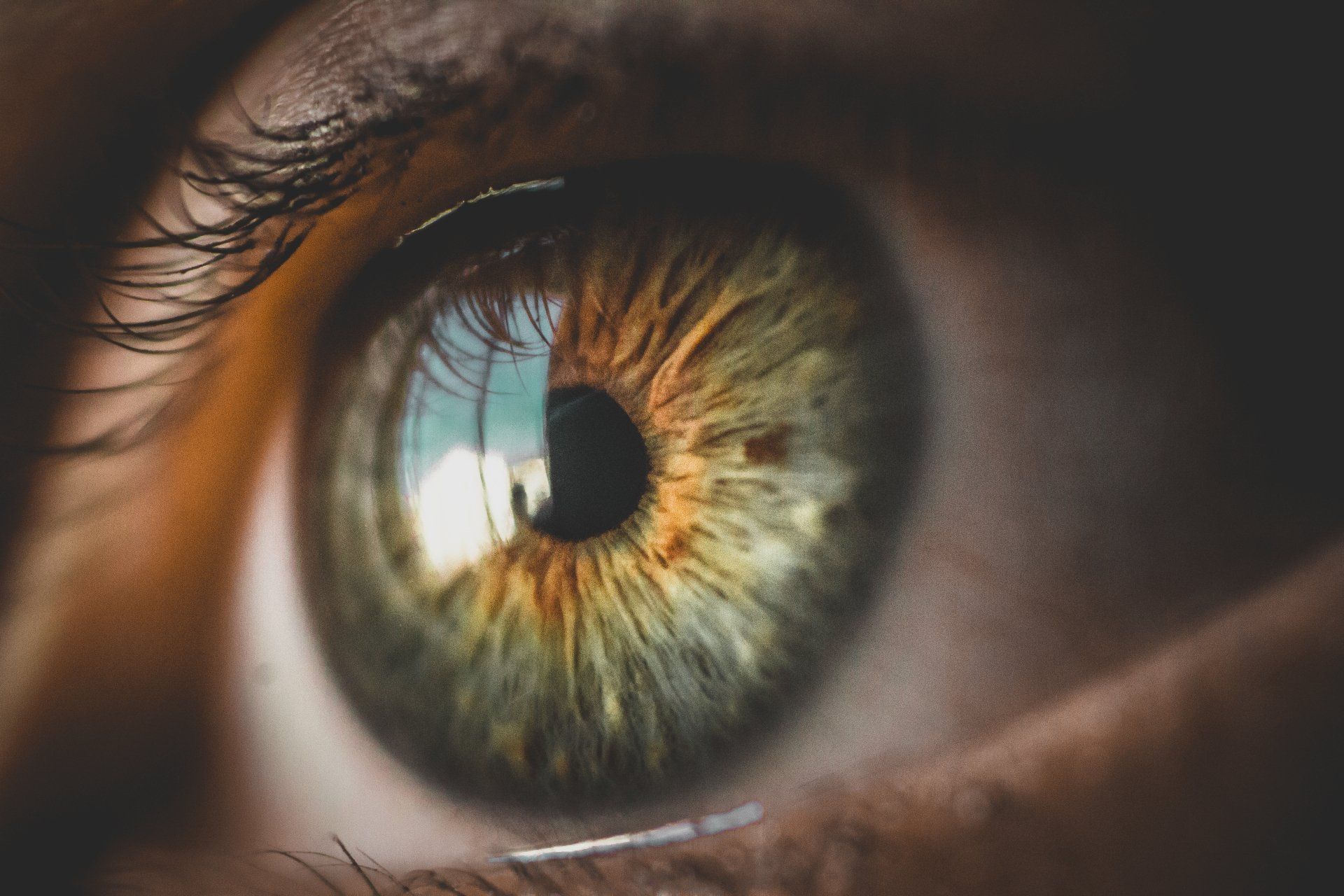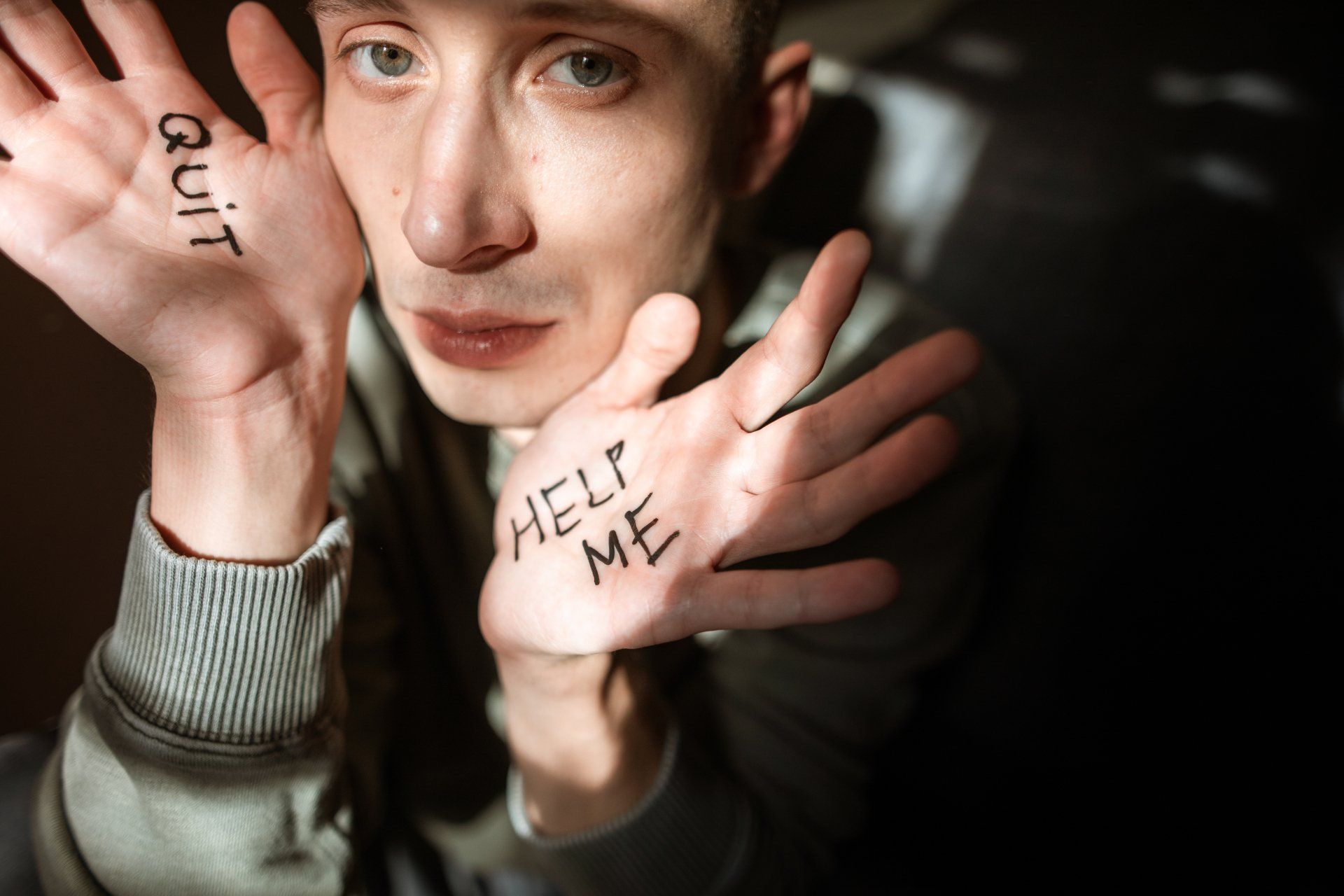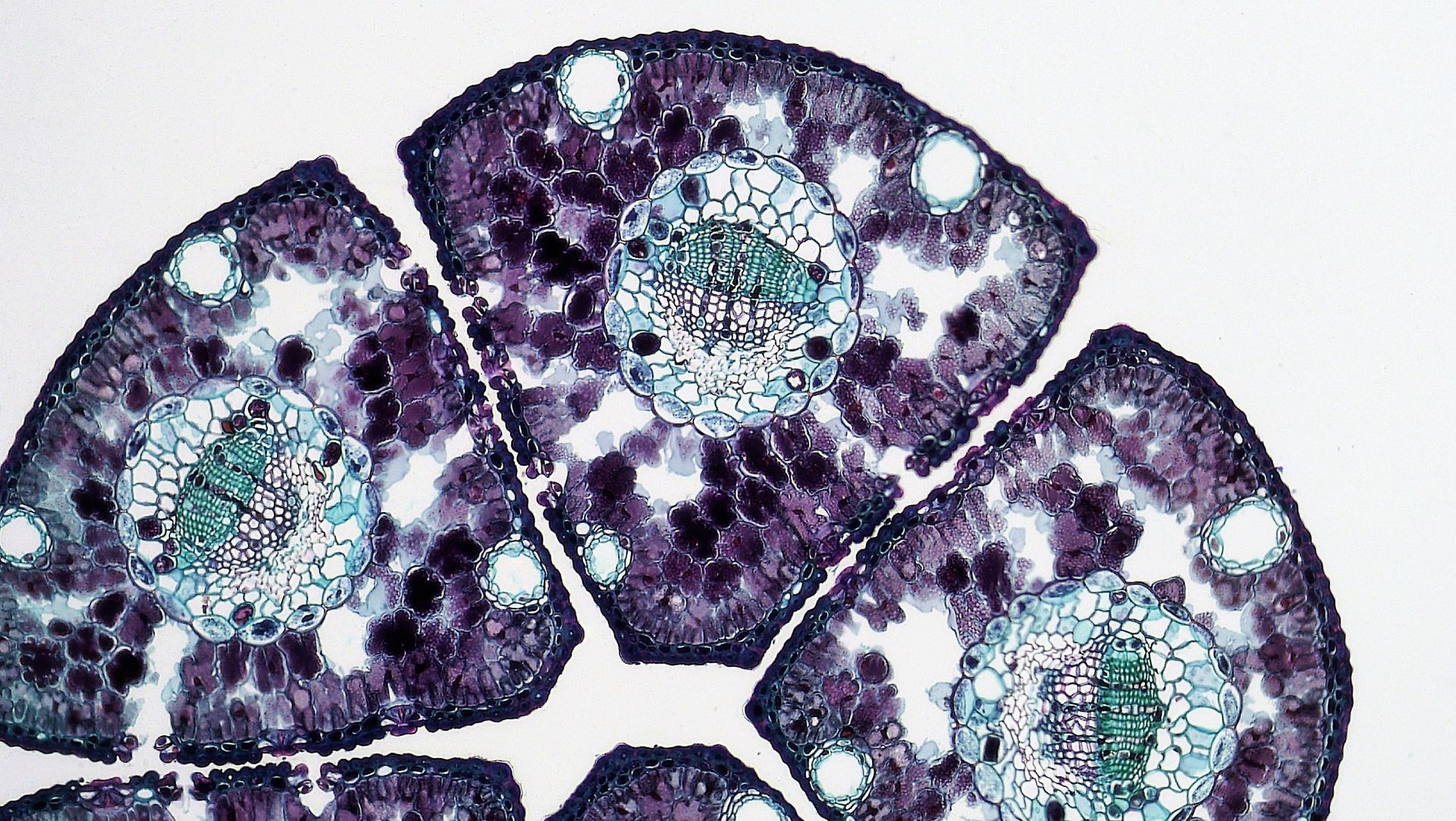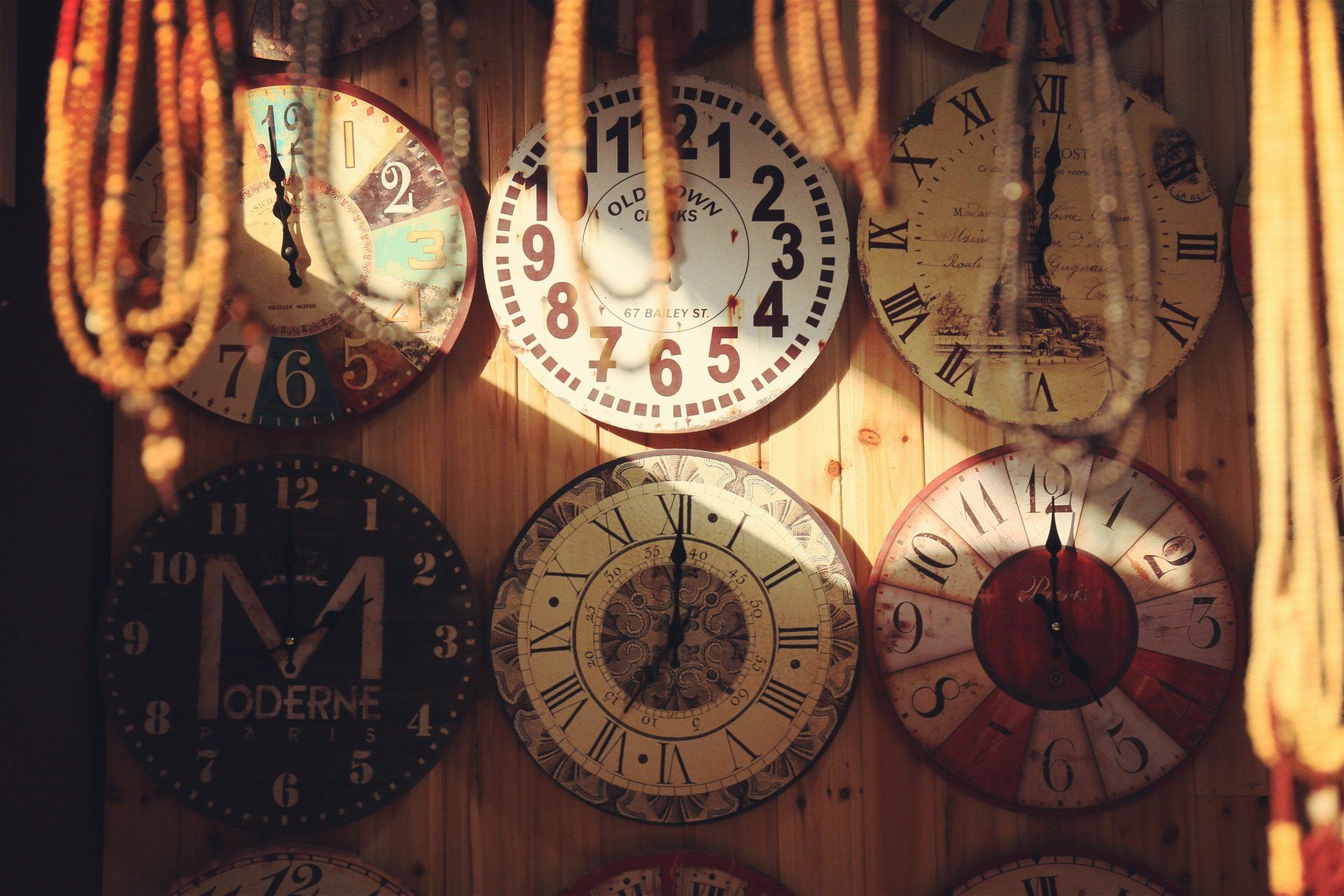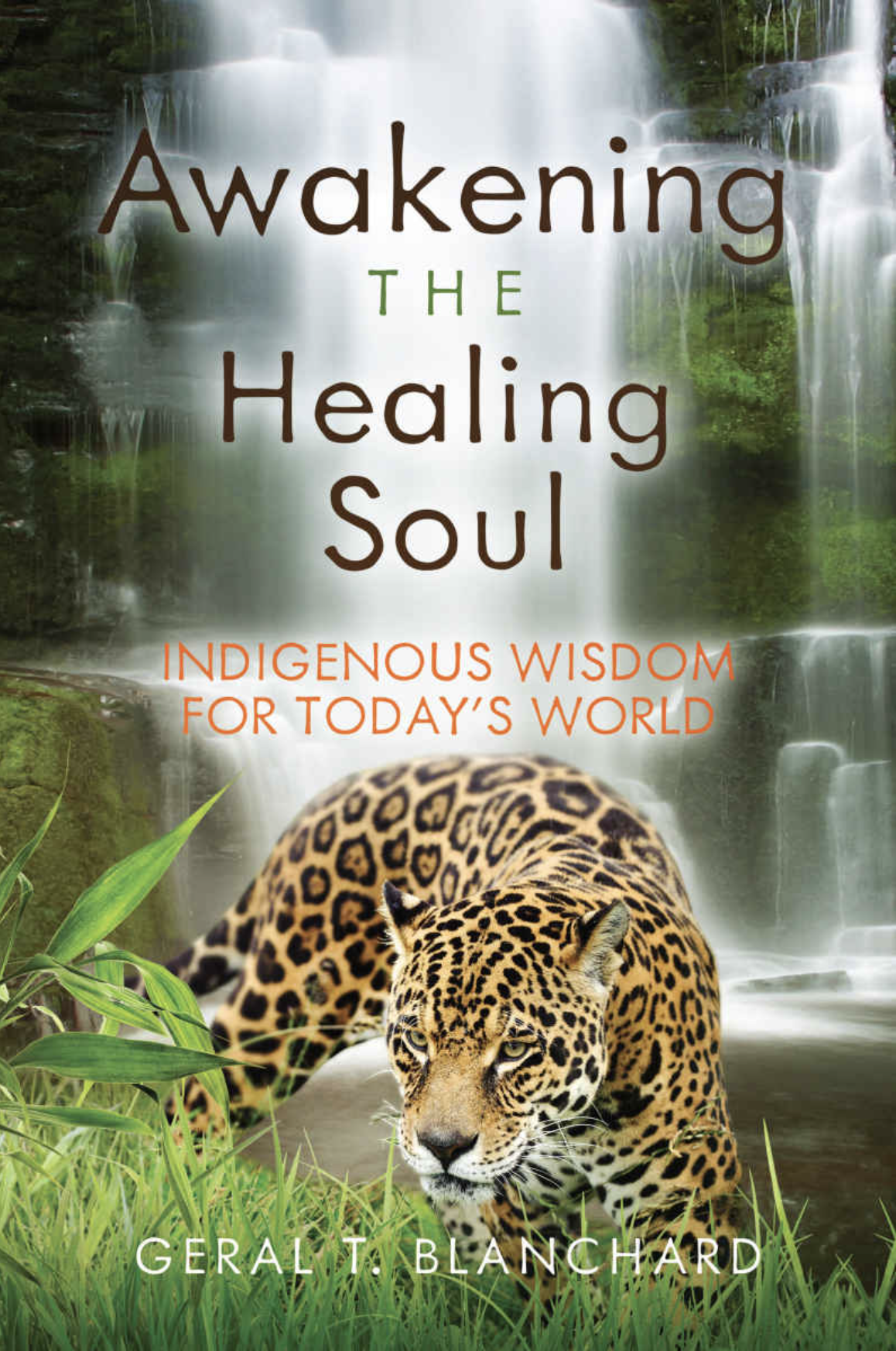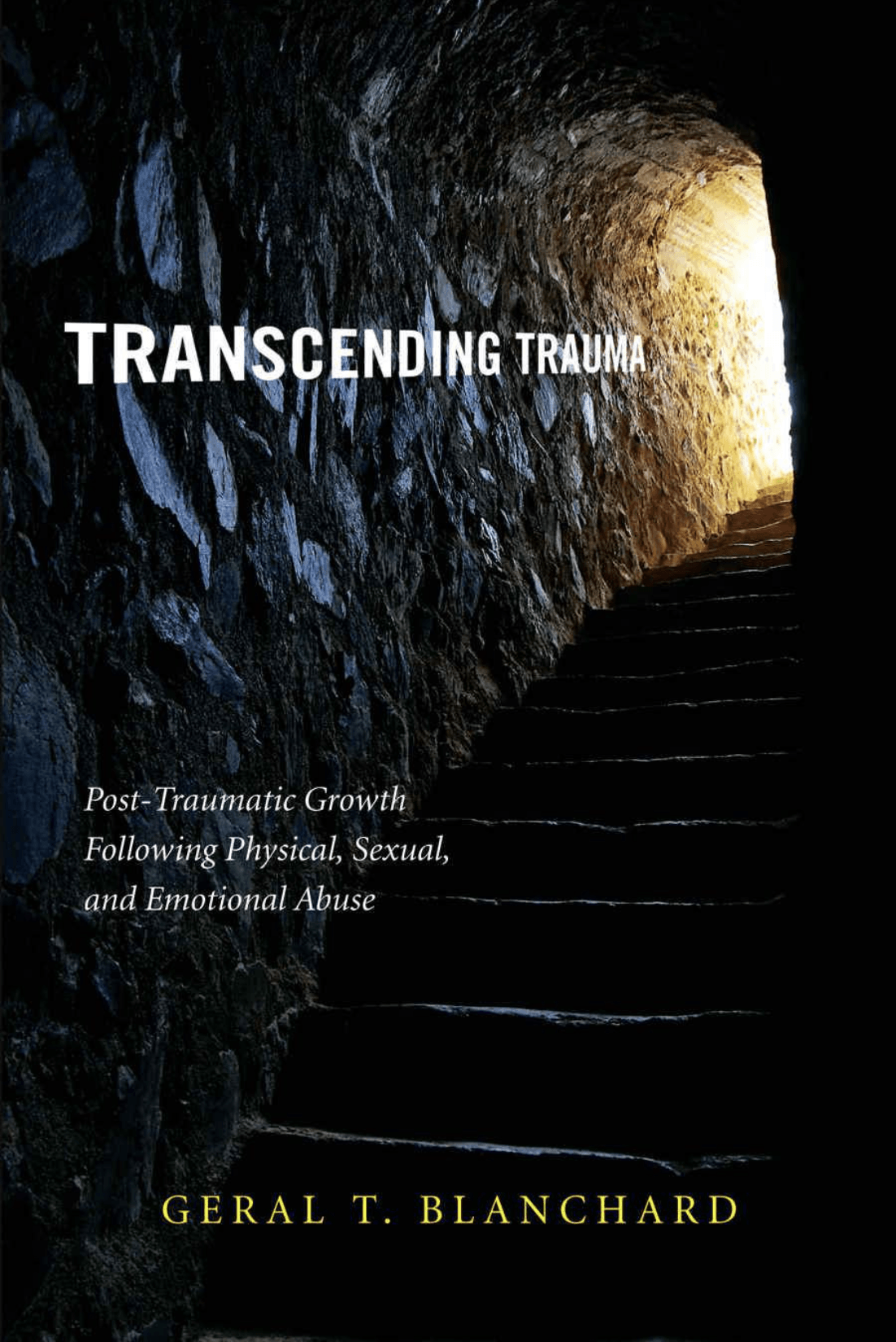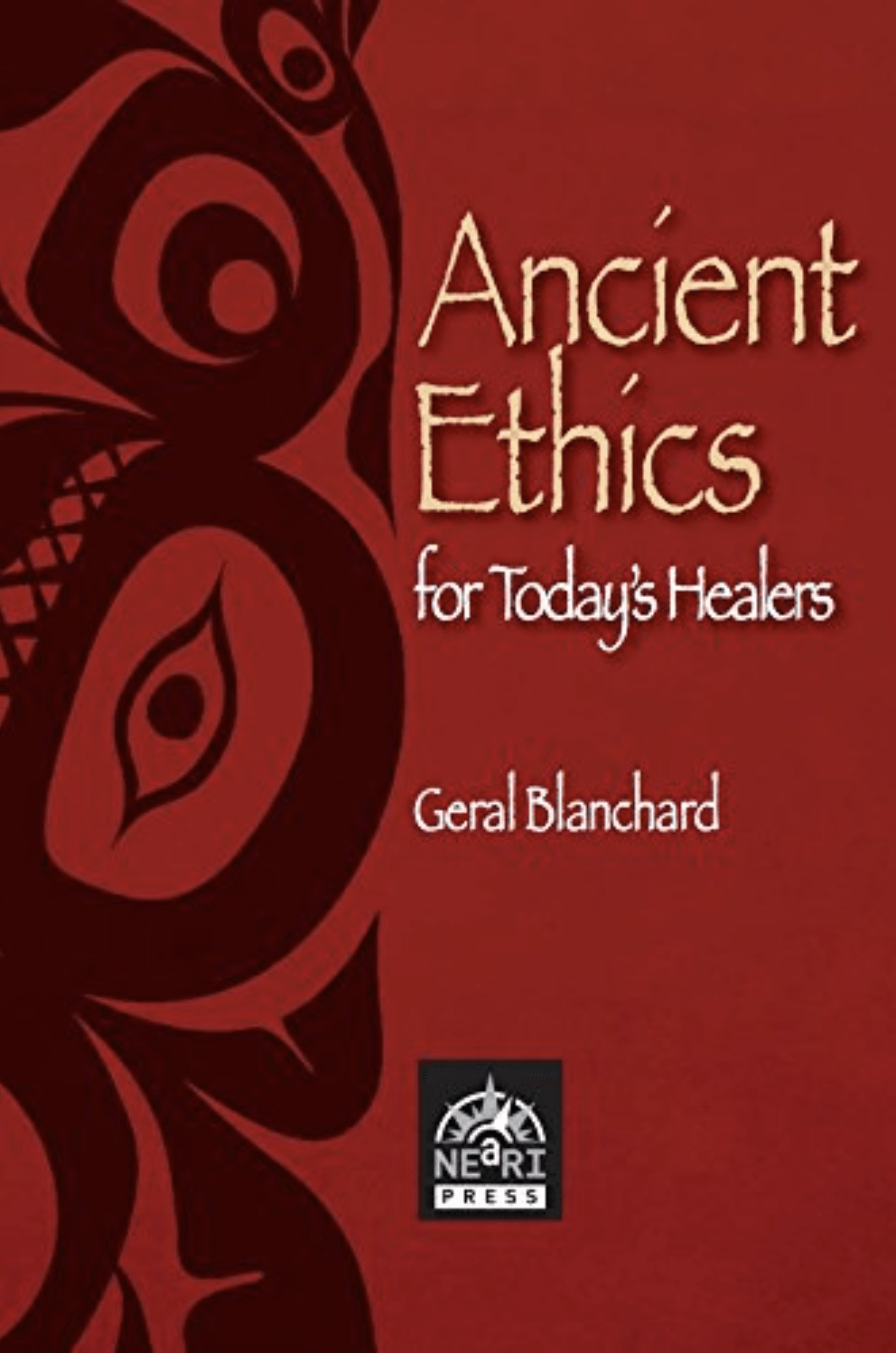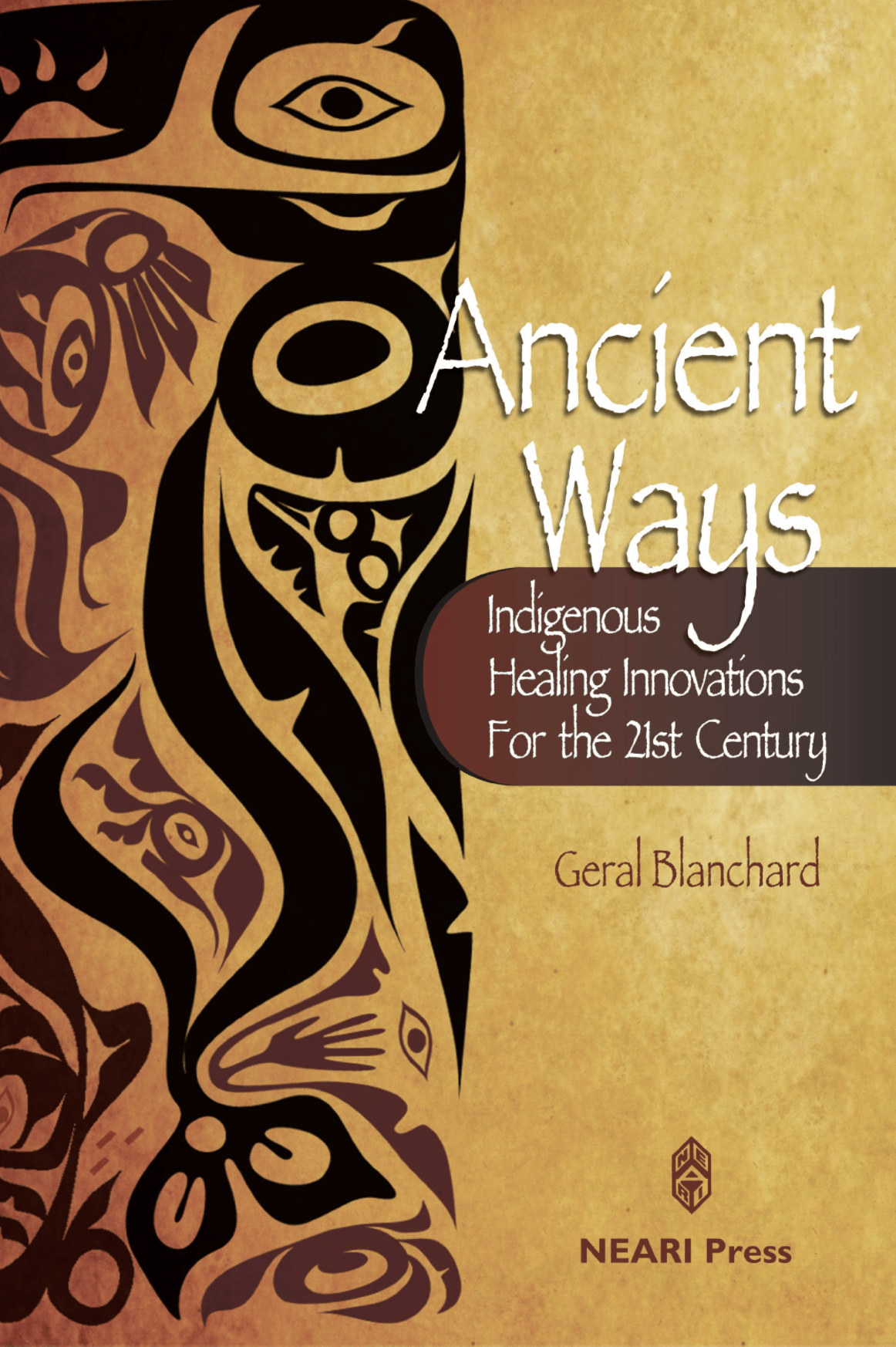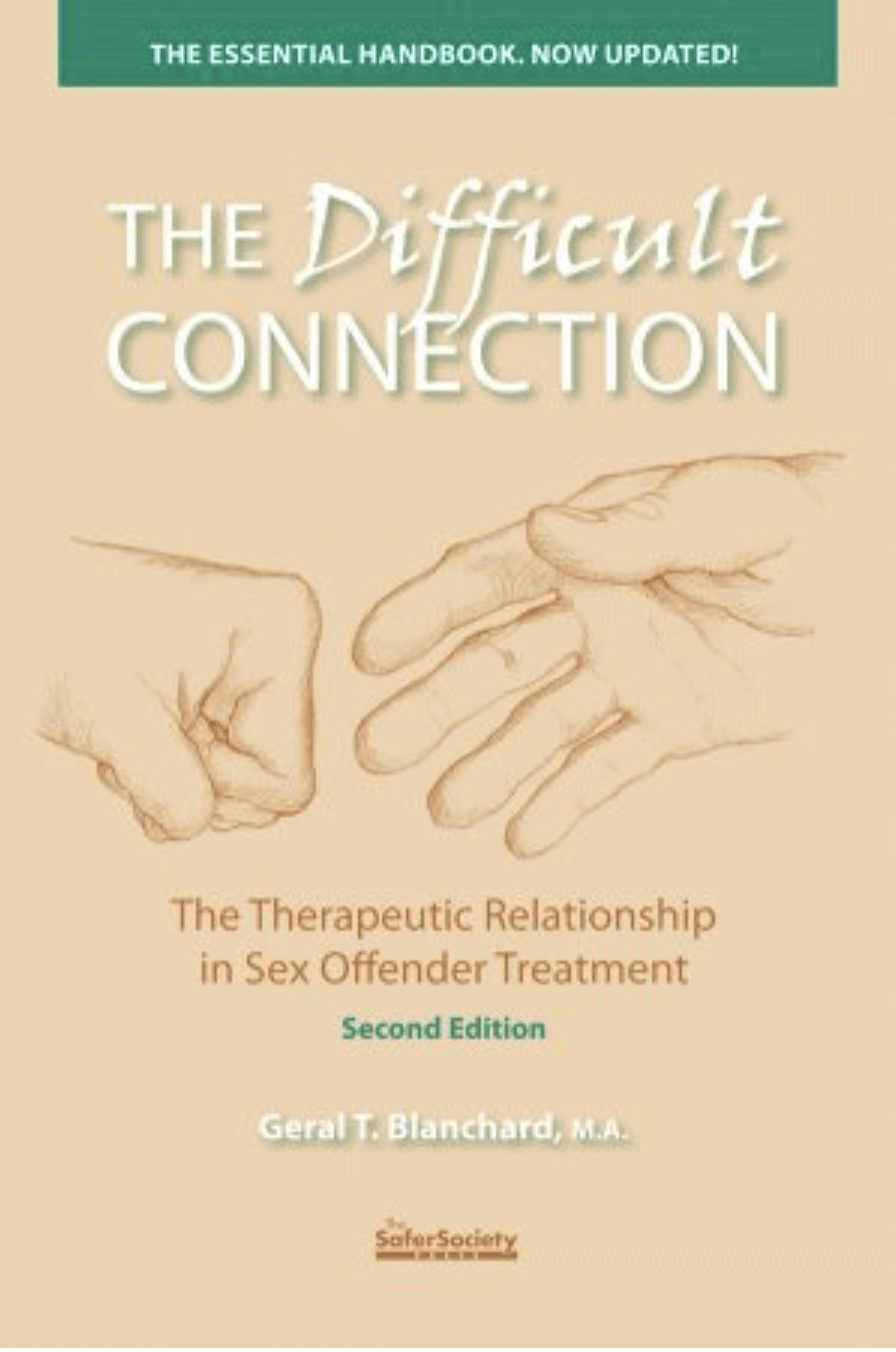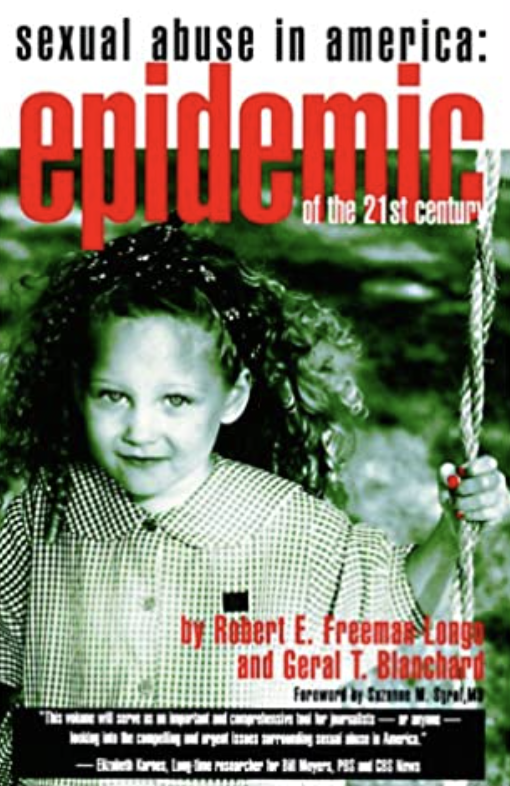Geral Blanchard, LPC, is a psychotherapist who is university trained in psychology and anthropology. Formerly of Wyoming and currently residing in Iowa, Geral travels the world in search of ancient secrets that can augment the art and science of healing. From Western neuroscience to Amazonian shamanism, he has developed an understanding of how to combine old and new healing strategies to optimize recovery, whether from psychological or physical maladies.
MDMA as a Rite of Passage
All indigenous cultures have, or once had, customary rites of passage
Rites of passage were transformational experiences, or initiations, that took individuals from one way of life to another. A rite of passage was a meaningful and community supported ceremony, with many dramatizing rituals, that served to guide and facilitate a person as they shifted into a new and more evolved way of existence.
Rites of passage invite and welcome us into new territory in a time of enhanced understanding and personal power. Such ceremonies almost always symbolize death and rebirth motifs. Some people think of it as an epochal time to be reborn, or brought into a new and healthier form.*
An MDMA or safe psilocybin ceremony is intended to create an energizing time that can lift people up to higher realms of thinking and being. As Mayans say, it is a formal time to lift one’s heart. Others might say it is to reboot them, returning to a forgotten, healing mindset that society has slowly melted away. By recapturing the lost essence of the spiritual world, including slowed and circular time, a person is reminded of his origins so that he can see his future. And in that future of personalized evolution there are new (forgotten) dimensions of reality that help us mature and see the world with greater clarity and vision, as well as to become a part of the Whole.
Rites of passage, to be effective, are preceded by a time of deprivation, like a fast. They are usually conducted away from the hubbub of a city and closer to quiet unpopulated areas, away from home and the routines of the constraining familiar. A sacred sentiment surrounds the entire event as the purpose is to foster human development and tug the world along with the aspirant’s small but integral role in the wider process. Repetitive music encourages an altered state and serves to contain the event. Rites of passage are first and foremost for the community, and after that, the individual. It is helpful to have several persons bearing witness to this event so as to sacralize it – to make it sacred and memorable.
On the individual level, these events help craft a new and larger personal identity, moving away from a puny egoic image of self-importance and accomplishment, to a more community-based personhood. They challenge an individual to risk, face fears and regrets, trusting that in the end they will be empowered by the process.
Initiations, like an MDMA ceremony, help participants find their inner core, their personal beliefs, and understand their unfolding ethics and values. At the same time, the initiation helps them learn who they were long ago. All humans must grow into a global identity, but such a huge growth surge often needs a catalyst – often this occurs following a shakeup, one I call a necessary trauma.
David Oldfield captured an important aspect of this head-to-heart ceremony. He wrote: “The [Elders] teach us that rites of passage impart a form of selfunderstanding that is felt in the heart rather than learned in the head…In ancient cultures, people understood that the wisdom of the heart is accessed by the imagination; that imagination is the thought of the heart. (my italics)” So it isn’t so important what we think as how we think; it is a process of transformation when a person moves that long distance – eighteen inches – from the head to the heart.
An important part of the completion of any hero’s sacred journey is the obligation to return home with a willingness to share with the community lessons learned while on pilgrimage. It is often referred to as the time of return and contribution. One cycle has been completed – you go from vulnerable victim to the mentor of those rising up behind you.
Your MDMA treatment is the beginning, your initiation underway. This is a process, not a moment in time, and it requires regularly feeding and fuel that come by way of ongoing rituals. Mayan shamans have borrowed the term encaminarse from the Spanish language to describe this continuing transformation. The word means “to start walking” or to “get on one’s way.” That is your guidance.
************
“Once a problem is solved, its simplicity is amazing.”
- Paulo Coelho in The Pilgrimage
**********
* “The birth trauma, as an archetype of transformation, floods with considerable emotional effect the brief moment of loss of security and threat of death that accompanies any crisis of radical change. In the imagery of mythology and religion this birth (or more often rebirth) theme is extremely prominent; in fact, every threshold passage – not only this from the darkness of the womb to the light of the sun, but also those from childhood to adult life and from the light of the world to whatever mystery of darkness may lie beyond the portal of death – is comparable to a birth and has been ritually represented, practically everywhere, through an imagery of reentry into the womb. This is one of those mythical universals that surely merit interpretation, rather from a psychological than from an ethnological point of view.”
- Joseph Campbell in
Primitive Mythology: The Masks of God, Volume 1
*********
Other Topics
Basics of MDMA
Rituals and Ceremony
Brain and MDMA
Trauma
Heart
Energy Movement
Quantum Physics
Native Cosmologies
Nature
Spirituality/Enlightenment
Kogi Tribe
Books written by Geral T. Blanchard
More Articles

